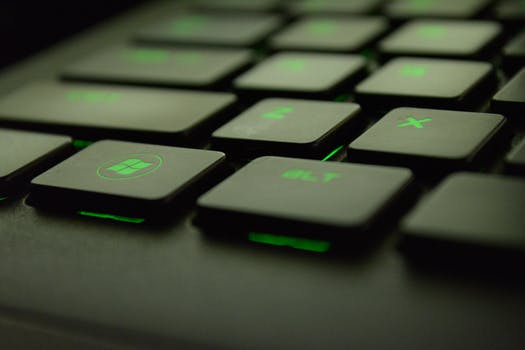TheDeveloperBlog.com
C-Sharp | Java | Python | Swift | GO | WPF | Ruby | Scala | F# | JavaScript | SQL | PHP | Angular | HTML
Joomla Debug
Joomla Debug with Joomla Introduction, Menus, Modules, Global Setting, History of Joomla, Features of Joomla, Installation, Toolbar, Architecture of Joomla, Create Menus etc.
Joomla - DebugIt is quite challenging for the developers to use the debugging system if they don't have tools to help them. However, Joomla contains a tool to perform this job, which is known as "Debug System". It includes a plugin combined with an option in 'Joomla's Global Configuration', which can be used to turn to the debug system on or off. Joomla debug system allows developers to see session information, profile information, memory usage, database queries, log messages, and some other useful information. In this article, you will learn how to enable the debug system and access debug information in Joomla. Enable Debug Mode in Joomla
First of all, you are required to enable the plugin known as 'System - Debug'. Check out the following steps to understand how to enable it.


After you have enabled the plugin, you are required to activate the debug system through Joomla's Global Configuration. To activate the debug system in Joomla, you need to follow below steps:


This process will add an extra footer on every page of the Joomla website. It will be displayed in both frontend and backend. It keeps all kinds of data that are required for debugging purposes. It will look like the following screen: 
Enable Debug Mode only for Super Users
Joomla also provides you an option to hide debug information for all users of the website but limited to the super users. To do this, you need to follow below steps:

Now, the debug information will only be visible to the super users.
Next TopicJoomla Site Settings
|
Related Links:
- Joomla Interview Questions (2021)
- Joomla Site Settings
- Joomla System Settings
- Joomla Server Settings
- Joomla Website Backup
- Joomla vs WordPress
- Joomla vs Drupal
- Joomla Update
- Joomla Hosting
- Joomla K2
- Joomla Tutorial
- Joomla Installaion on Windows
- Joomla Installation on Linux
- Joomla Adding Banner
- Joomla User Settings
- Joomla Media Settings
- Joomla Create Modules
- Joomla Module Types
- Joomla Templates
- Joomla Templates Manage
- Joomla Category Management
- Joomla Adding Articles
- Joomla Adding Menu Items
- Joomla Add Contacts
- Joomla Debug
- Joomla Login
- Joomla Control Panel
- Joomla Taskbar
- Joomla Toolbar
- Joomla Menus
- Joomla Extensions Menu
- Joomla Help Menu
- Joomla Create Menus
- Joomla Modify Menu Items
- Joomla Creating Submenus
- Joomla Private Messages and Emails
- Joomla Extension Manager and Plugin Manager
- Joomla Content Menu
- Joomla Components Menu
- Joomla Forum | Joomla Adding Forum

